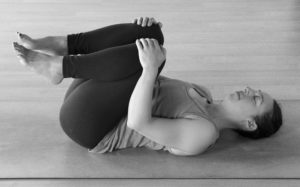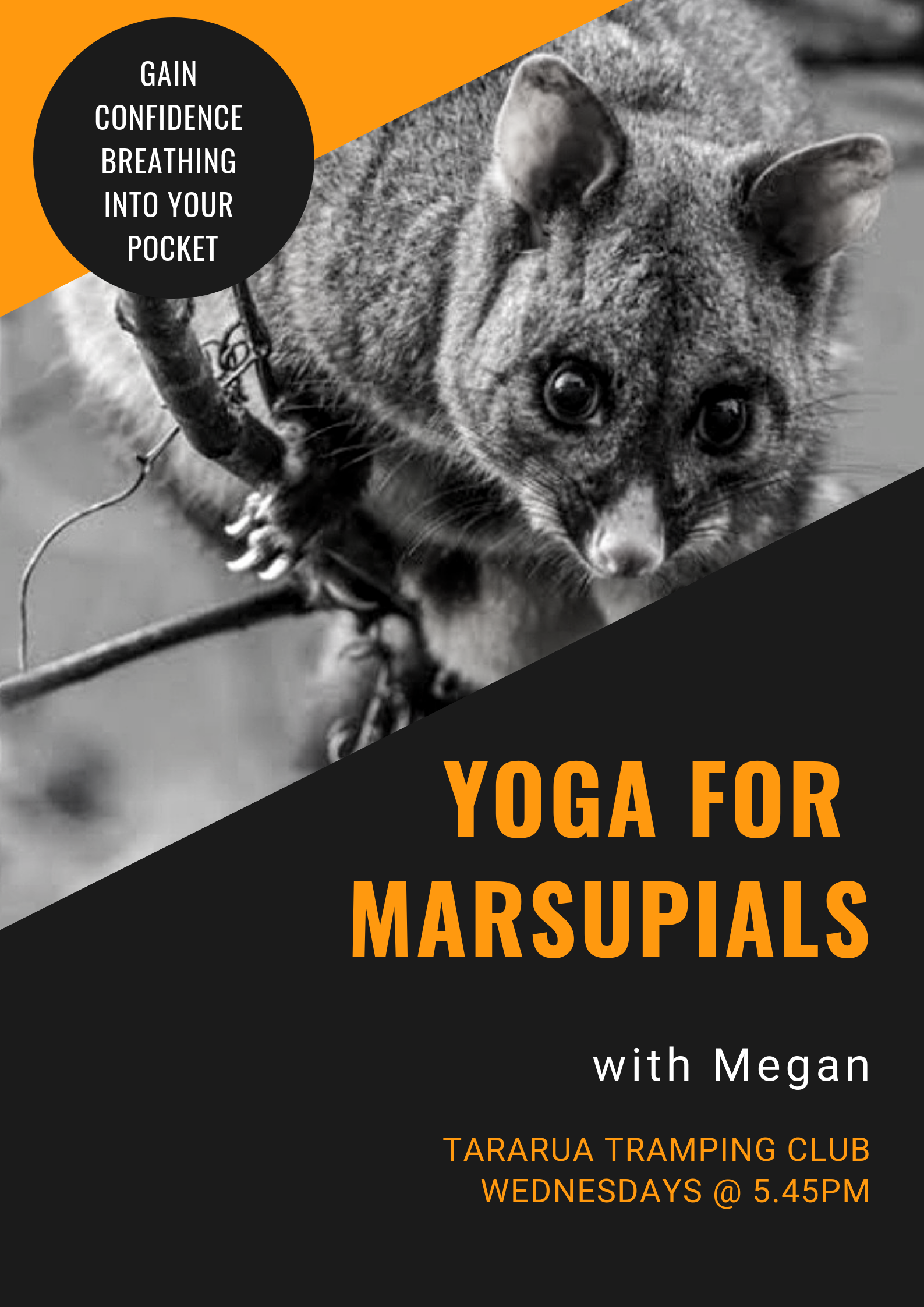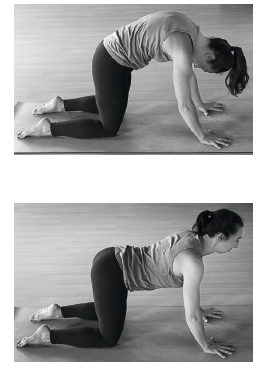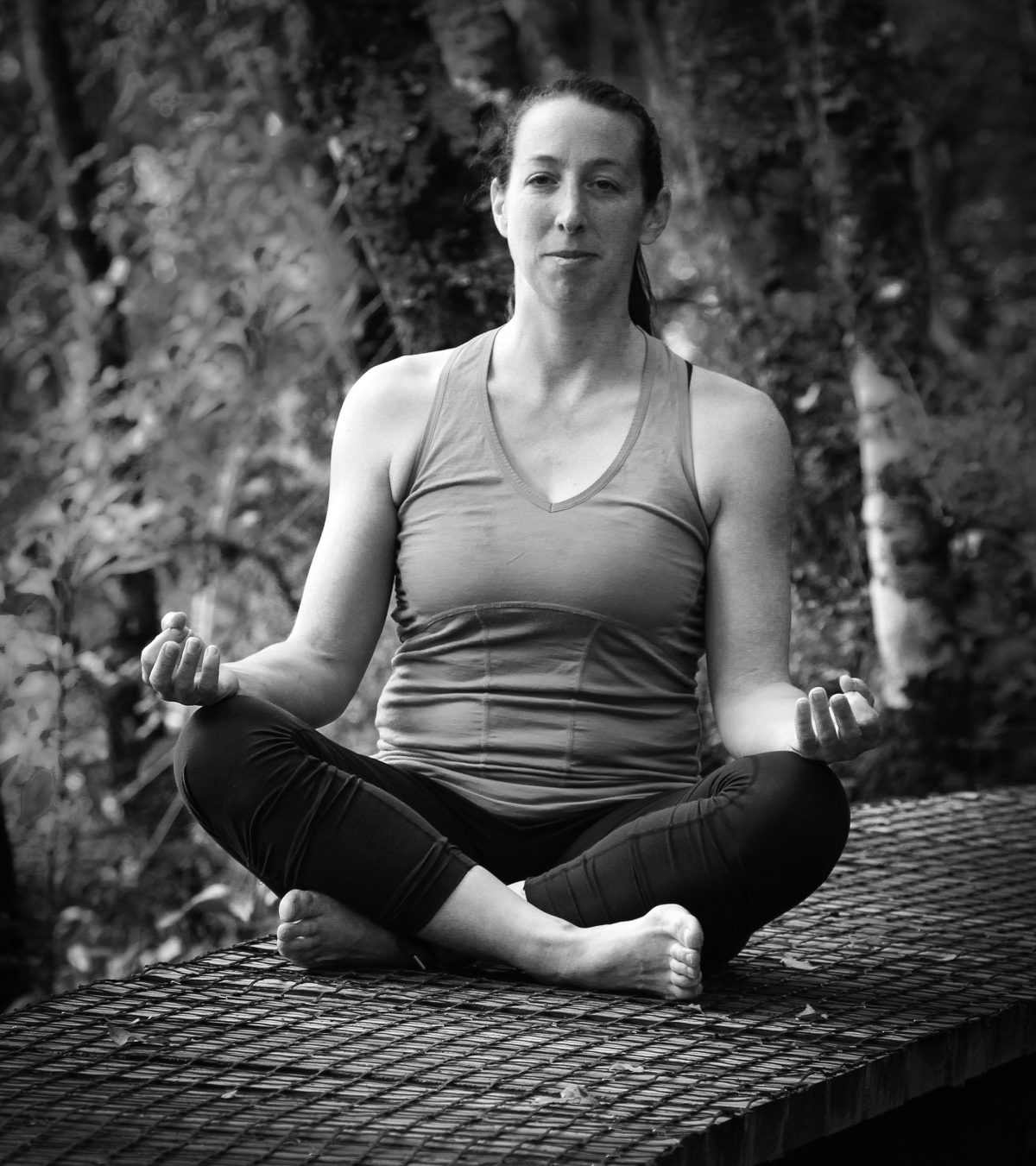I would imagine the idea was to get people to stop, slow down and pay attention to their breathing. There are many ways to do that. I often include breathing practices in my yoga classes, known as pranayma. These use a specific technique to focus and change your breathing – like counting your breath or changing how you breath.
But you can also focus on relaxing your body to relax your breathing. Without realising it, we often hold some of the muscles in our chest and abdomen tight. When these muscles are tight, they can restrict our ability to breath. Sometimes that means you have to breath faster or with more effort and that can raise your heart rate.
Here are two ways to try relaxing your body and notice the change to your breathing:
Conscious relaxation:
Lie down on your back. Bend your knees to put your feet on the floor. Rest your hands on your belly. Relax your shoulders, let them sink towards the floor. Be careful not to clench your buttocks. Feel with your hands if you are holding your belly in. See if you can consciously relax your belly – if you find this hard, try to relax the muscles you normally relax when you pee and see if you notice a difference. As you work through relaxing these muscles, notice if your breathing changes and whether you can feel your chest or belly rise. There isn’t a right or wrong, you’re looking for a feeling that feels easier, slower and more subtle.
Relaxation with movement:

Sometimes its hard to choose to relax. Apanasana is a yoga pose with gentle movement that can help relax the muscles around your abdomen and chest, and therefore relax your breathing. Lie down on the floor, bring your knees to your chest. Rest one hand on each knee. As you breathe out, pull the knees towards. As you breath in, push the knees away. Continue with this pattern. Think of your body like a bellows.
 As your knees pull in, they gently press the air out. As your knees move away it pulls the chest open and gently sucks the air in. As you move, notice the changes to your body and breathing. This movement works because your muscles have to be relaxed for your hips to move and your hands moving your legs, means you don’t need the core muscles to move your body.
As your knees pull in, they gently press the air out. As your knees move away it pulls the chest open and gently sucks the air in. As you move, notice the changes to your body and breathing. This movement works because your muscles have to be relaxed for your hips to move and your hands moving your legs, means you don’t need the core muscles to move your body.
If you want know more about this concept, read the detailed article from Leslie Kaminoff on What Yoga Therapists Should Know About the Anatomy of Breathing.




